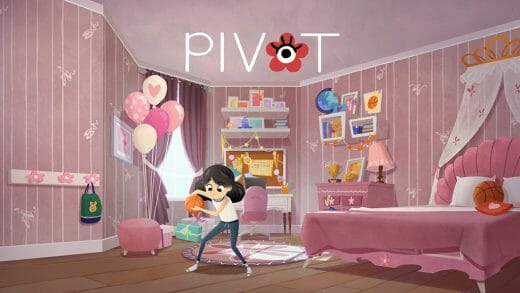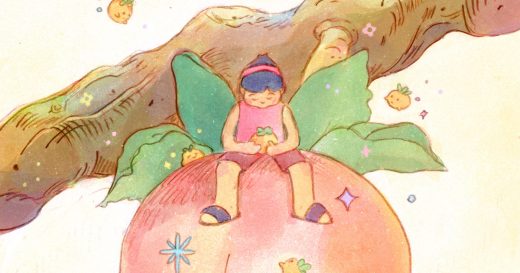
Much like New York City in Annie Hall or Tokyo in Lost in Translation, Hong Kong feels like a living, emoting character in Esther Cheung’s animated short, In Passing. The film is as much a love letter to the Cantonese port city as it is a prequel to her parents’ real-life romance — telling the story of how they grew up in the same high-rise building in the 1970s without ever meeting, and set on the sweltering eve of a typhoon.
Though Cheung was born in Toronto, the connection she feels to her parent’s hometown is tangible. Set in Hong Kong in 1976, her animation makes big statements in the small details, from the hints of Pepto pink that are pedestrian in the Asian city to the miniature tiles, bamboo scaffolding and flapping laundry on the exteriors of the impossibly tall, densely packed apartment buildings. Each is an Easter egg to those who appreciate the bustling metropolis — when you know, you know.
Her parents are among the tens of thousands of Hong Kong nationals who came to Canada in the decades of uncertainty leading up to the territory’s handover from Britain to China in 1997. Through their journey, In Passing was a way for Cheung to come into contact with her own heritage and culture. Her mission was to create an animated short that would resonate with others in the diaspora, and also everyone else.
Hand-drawn has a charm you can’t get from CG
Esther Cheung
She conceptualized, animated and produced the piece over eight months as the final project for her animation degree from Sheridan College in the Toronto suburb of Oakville, Ontario. The film’s references are less Warner Bros. and more Wong Kar-wai’s In the Mood for Love.
Cheung tells us, “I look towards film from Asia [for inspiration] — from Taiwan or Hong Kong. I look through a lot of those to get ideas for the ways those stories are told in a way that’s not as formulaic.”
From a plane grazing the top of her parents’ building to her grandfather’s reflection on a television screen, Cheung masterfully plays with lighting, shadows and colour, along with hand-drawn digital animation made using Toon Boom Harmony. Her hard work has paid off.
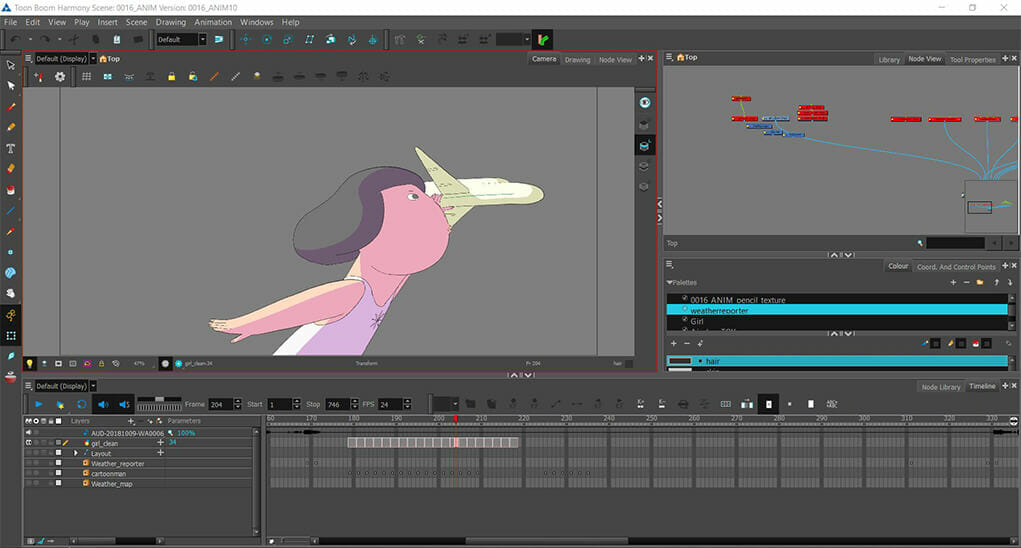
Her success bridges academia and awards, including the Ottawa International Animation Festival (OIAF) and the Taichung International Animation Festival (TIAF), among many others. Both inside and outside of the toon industry, Asian creators in the West are finally getting the recognition and representation they deserve — whether it’s Domee Shi’s Pixar short Bao or Kevin Kwan’s book-turned-romcom, Crazy Rich Asians.
“I think representation in animation is 100 percent important; I think representation in general is important. There’s not a lot in animation. It’s predominantly dominated by the same type of person, and so a lot of characters end up being the same too. It would be nice if it reflected real life where there’s a lot of diversity,” says Esther Cheung.
As part of her research for In Passing, Cheung would go back to Hong Kong to speak with her grandmother and the remaining aunties and uncles she has there. She points out that while she does speak some Cantonese, it’s a little rough due to a lack of practice. Naturally, she’s learned some tricks for when she goes back.
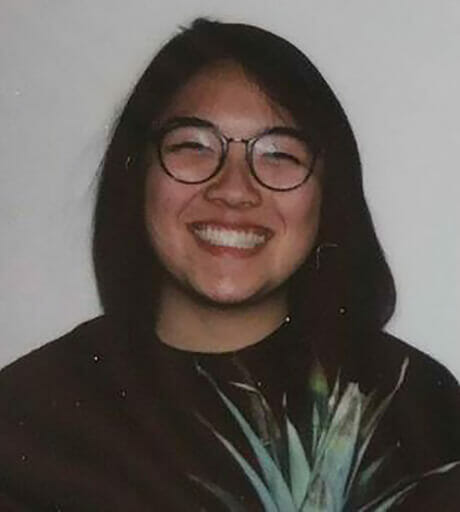
“I definitely am not [perceived as a local in Hong Kong], but I try to fit in. I don’t know how to read menus or any Chinese at all, so my parents had to help me a lot with the writing in the film,” Esther Cheung tells us.
Her parents were hugely involved in the creation of In Passing, helping Cheung with not only her Chinese writing but also details only a local would think of — like Hong Kong’s constant noise. They also pushed her to pursue animation in the first place. Having had a lifelong love of drawing, she decided during high school that a career in a related field like architecture wasn’t for her.
“My dad said, ‘Do art. It’s clearly one of your strong suits so just go with it.’ A family friend works in animation and is successful, so that also helped,” Cheung recalls with a laugh.
Her father and mother buck the harmful stereotype of Asian parents in the West, who are often associated with STEM education and strict “tiger parenting” — a term popularized by Chinese-American author Amy Chua in her book The Battle Hymn of the Tiger Mother. For Cheung, support has led to success. Also, Canada’s thriving animation market is fertile ground for a lifelong creative career in the industry.
Looking ahead, Cheung is already plotting her next creative project: an animated documentary. While she wants the film to be longer than In Passing, she doesn’t know what the subject or style will be yet. For now, she is reading the graphic novel Footnotes in Gaza by Joe Sacco, which depicts two horrific incidents during the Suez Crisis, for guidance on how to journalistically translate reality into illustration.
“I have a lot of ideas and they stay in my head for a really long time. I think [the animated documentary is] going to stick around for a while,” says Cheung.
“For instance, with [In Passing] I had a mood and Hong Kong in mind when I started — and that lasted for two years. Eventually, I sat down and worked out what it could be and even more so when I was in Hong Kong.”
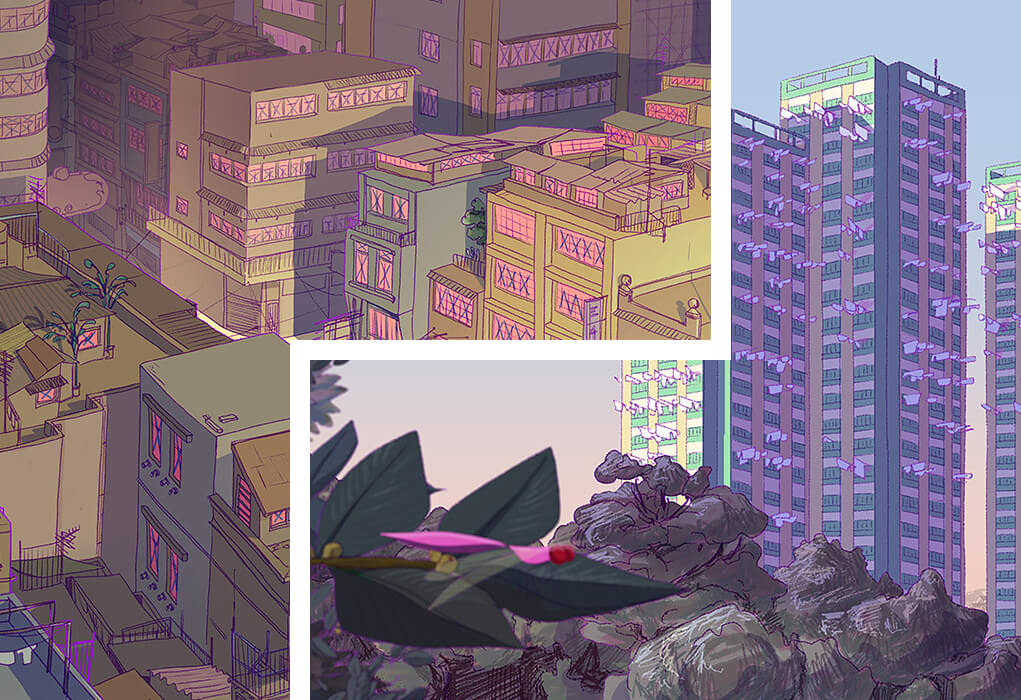
While the small details of Cheung’s animated documentary remain up in the air, a big one is certain: it will give a platform to a topic that is not normally covered and be done in hand-drawn animation.
“Hand-drawn has a charm you can’t get from CG, it’s definitely going to be hand-drawn,” says Cheung.
She continues, “I think there’s a lot of possibilities with [animated documentaries] to tell more specific and untold stories — and that’s what really excites me.”


